Below you will find pages that utilize the taxonomy term “Hardware”
Visualize and verify the reverse engineered Commodore 64 SID LFSR
Recently, we looked at a simple LFSR and how it works.
- Shift the bits
- XOR some of the bits together; we call these the taps
- Replace a bit with the XORed value.
- Repeat
Easy peasy.
I’ve long been fascinated by the Sound Interface Device (SID) in the Commodore 64, mostly because you can use it to get random numbers.
But how does it work?
The Commodore 64 SID LFSR is 23-bits. It’s a maximal length LFSR, which means it will cycle through all 8,388,608 numbers before repeating. It’s often used to generate random numbers in games. Or if you’re nuts, you can use it to do cryptography on a Commodore 64. Who would ever do that?
A Gentle Introduction to LFSRs
What is an LFSR?
An LFSR is a Linear Feedback Shift Register. It’s a simple way of generating a sequence of numbers that look random.
Used in cryptography and in generating pseudo-random numbers, they are interesting because they are so simple. Shift bits and feed a few of them back into the sequence. That’s it.
Important note: LFSRs are not cryptographically secure on their own. ESPECIALLY 8-bit LFSRs. More on that in the next post on this topic.
A little more speed from the 6502
Can we get a little more speed from a 6502 than we did last week? Almost certainly.
The memory test we used was a general-purpose one. It’s flexible and reusable. The price is some speed. Let’s try and make it faster.
The test machine for this one
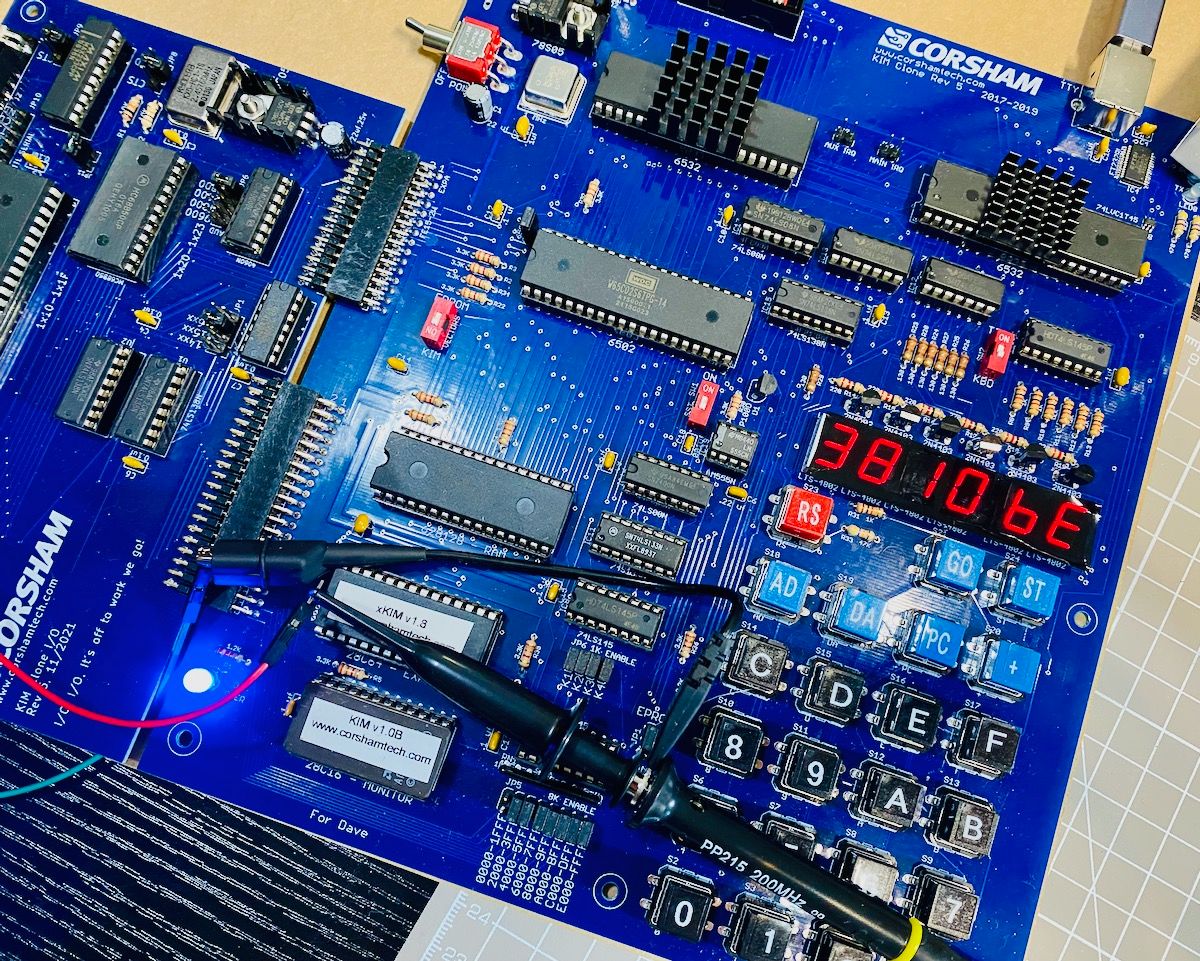
I’m going to rerun the test on a Corsham KIM-1 Clone for a couple of reasons:
- It’s still on my desk from last time
- It’s clocked at EXACTLY 1Mhz
- It has a large block of contiguous memory available if we want it without ROMs , etc. getting in the way.
- The memory expansion is connected directly to the bus, making the “expansion” the same access speed as the built-in memory
- It doesn’t compete with other devices (I’m looking at you, video chips!), so we’re just talking 6502 and memory here.
And by clocked at EXACTLY 1Mhz, assuming the frequency counter in my scope is pretty accurate:
Almost primes with TinyBASIC on the KIM-1 clone: PAL-1
Bill Gates has been a controversial figure in the Computer World for 50 years now.
Back in 1976, he famously (infamously?) wrote a letter bemoaning what he saw as rampant piracy of BASIC. Micro Soft was selling their version of BASIC, which is quite good for a whopping $150. This was fine for a company, but to a "tinker in your garage" person, $150 ($760 or so in 2022) was pretty steep.
VIC’s Revenge, the drop-in replacement for the VIC-20 VIC chip Part 1: Introduction, design goals, and FAQs
I’m doing a year-long project to reverse engineer the output and functionality of a VIC-20’s video chip, and create a drop-in replacement. At the start of this project (a few days ago), I only actually know how to do a percentage of the things I’ll need to complete this project. Writing a long series on how things work as I learn will help the project along. Plus, maybe having all of this information in one place would be nice, right?
Simple exponents on an HP-16c
I’ve been on the prowl for an HP-16c for quite some time to add to my rather large calculator collection. My daily driver for the last 25 years is an HP-32SII. Simple, rugged, reliable, and does everything I need it to do.
I stumbled on a kit that runs an emulated HP-16c and took the plunge. It was about 1/4 of the price of even the cheapest original devices on eBay and with an aluminum frame, it looked worth a try. Plus, there’s something cool about assembling things yourself.
Fibonacci 1-10 on the KIM-1 (and clones)
Sometimes there’s an absolute joy in doing something the hard way to REALLY understand what’s happening.
I struggled (still struggle) with wrapping my mind around using the display on the KIM-1. The best way (for me anyway) to be motivated to learn something is to have an outcome in mind of what I want to see and work towards that.
Most people who started on the KIM-1 probably spent a fair amount of time in an early book called “The First Book of KIM.” There are several examples of the basics in it, including one way to show memory locations on the display.
Getting green and amber screens from a MiniPET 40/80
In mid-2021, I built a MiniPET 40/80. It’s one of the best replica kits I’ve ever seen. Even the keyboard is wonderfully awkward to use, just like a real Chicklet PET keyboard is.
Switching between ROM versions with DIP switches has been great for learning and experimenting with internals.
My only wish is that I could occasionally get a green screen out of it. I use the composite output, which is black and white (just like many original PETs), but the 7-year-old in me just loves a Green Screen PET.
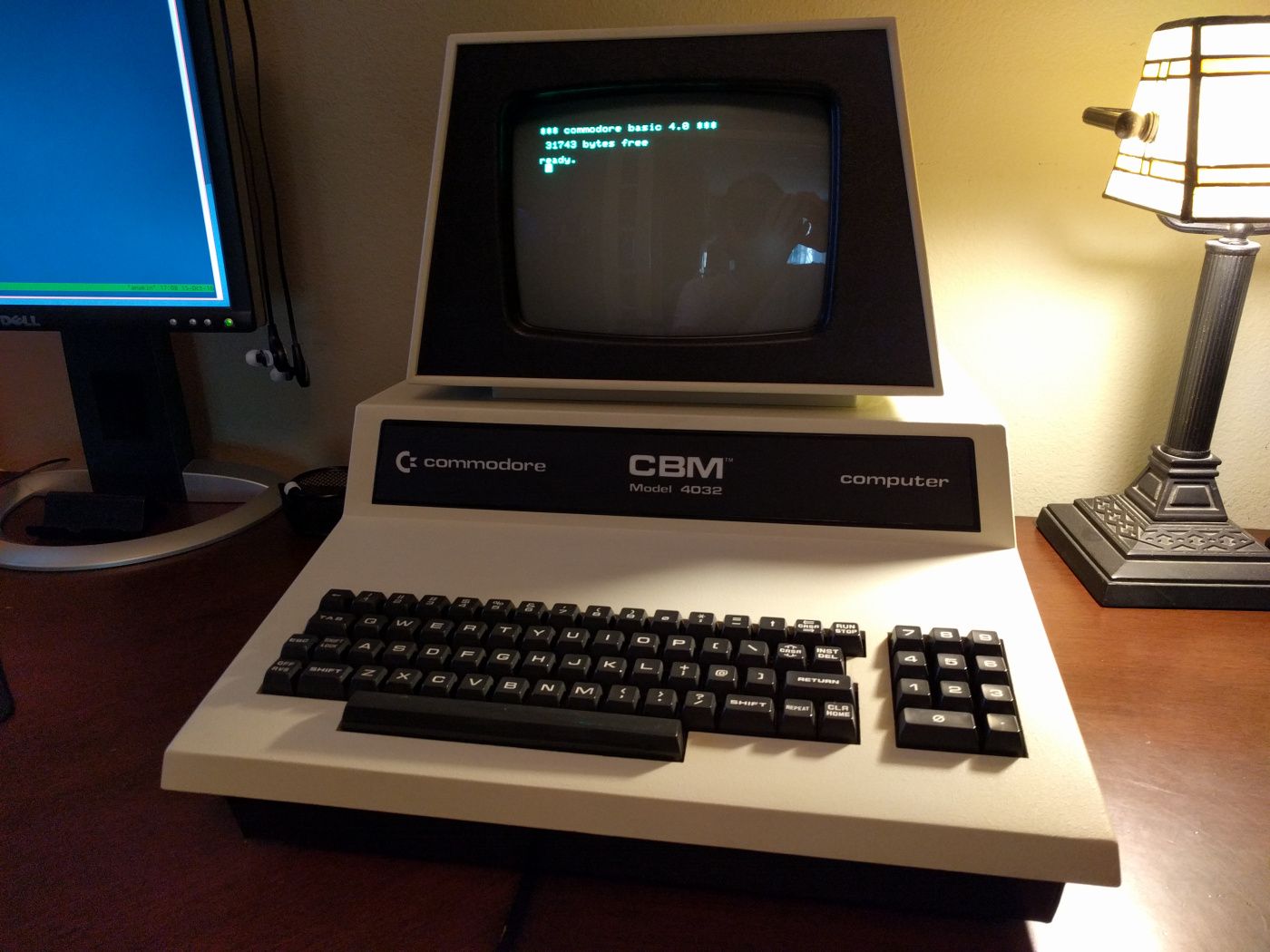 So I was on Twitter one day when someone (I’m sorry, I’ve forgotten who) pointed me to a small project by a chap in Spain. This takes a monochrome VGA signal and lets you change the colors with dip switches. AND it was only 9 bucks.
So I was on Twitter one day when someone (I’m sorry, I’ve forgotten who) pointed me to a small project by a chap in Spain. This takes a monochrome VGA signal and lets you change the colors with dip switches. AND it was only 9 bucks.
A week of diving a little deeper into my Atari 800XL
I’m a Commodore guy through and through. This isn’t tribalism, it’s what was in my room from 1983 to when I graduated High School in 1993.
After my sorta failed attempt at spending the month of September with my Coco 2, I decided for October to try spending a week at a time with a particularly less familiar computer.
So starting on October 1st, and ending on the 7th, I spent my free time with the Atari Systems that I have.
Two weeks with a Coco 2 in September
In the inside baseball realm of vintage computer enthusiasts, a few hashtags have emerged to support one’s favorite retro computers.
The main one in September is #SepTandy
While I’ve had this Tandy Color Computer 2 for many years, I’ve almost never used it. Out of all of my vintage systems, it’s the one I know the least about. I happened to have upgraded the video circuitry on it this year. It can now produce a composite signal. Now the horrible screen colors and marginal text are almost readable.
Slot Game On Tandy TRS-80 Pocket Computer PC-4
One of my first ever real programs was a blackjack game I made in BASIC on a Sharp 9300 calculator to impress my Adv. Algebra teacher. I have seen the handwritten copy of this somewhere around here recently, but I’ll be darned if I can’t find it now.
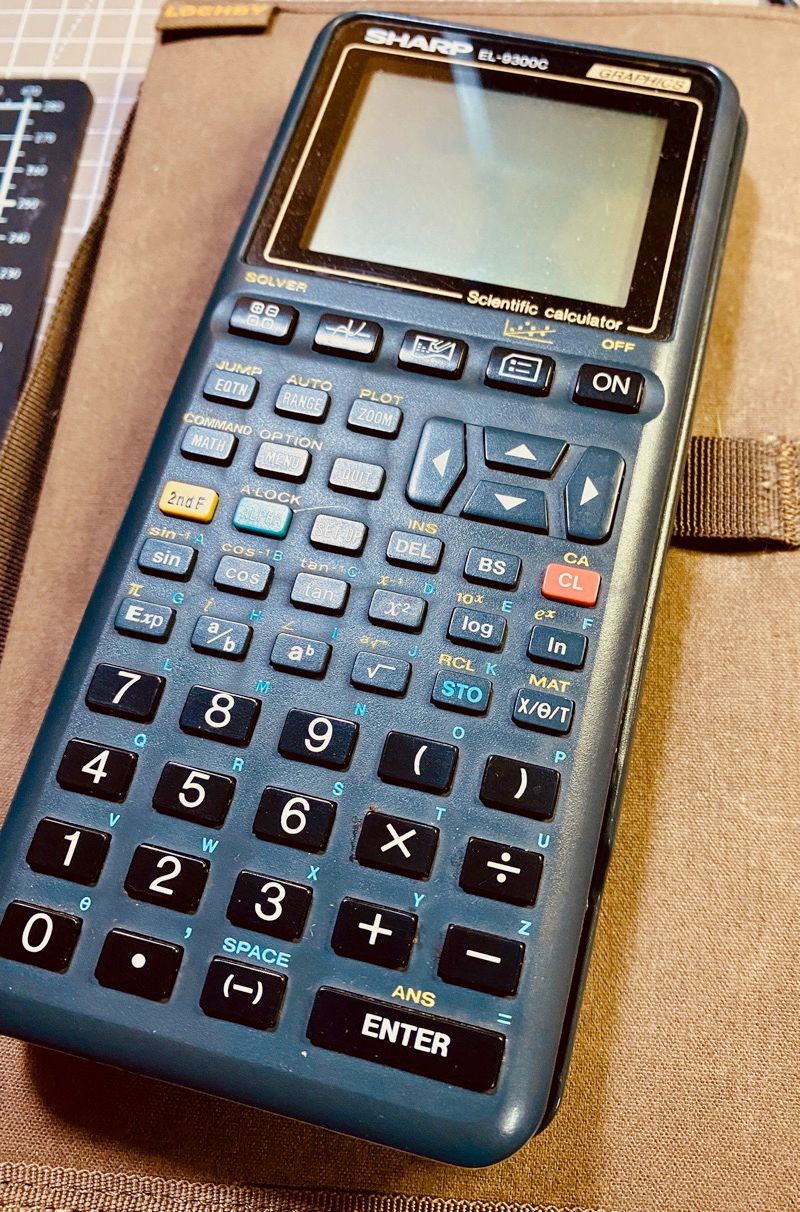
Slot Game on PC-4
Since it’s #septandy (as if that were an actual thing), here’s a slot machine on a “Tandy TRS-80” PC-4 ;-)
The CERBERUS 2080
A few months ago, I stumbled on a project that really caught my attention. Mr. Bernardo Kastrup, aka TheByteAttic finished a video series on a computer he designed and built “by hand.”
It’s an impressive amount of information. Clocking in at more than 12 HOURS.

Total time of his videos
3 Headed Dog
Like the guardian of the gates of Hades, the board is a three-headed dog because it has 3 main processors. Yes, 3.
The retro pinout project
One of my main goals in sharing retro computing is to help people DO things with these machines. They are useful for all sorts of reasons, not the least of which is education and demonstration. The constraints are wonderful for this.
Using 30-50 year old hardware comes at a price. They are, well… old.
They require constant care and maintenance and parts are becoming more and more scarce.
Enter the retro pinout project
In fixing or maintaining these old computers, one of the best resources you can have is a similar working model next to it. Being able to test things out on a working example is invaluable.
The Commodore 64 N.O.O.C.U.L.A.R. futbal project
Concept Cyberdeck
I’m fortunate to have a number of vintage computers I’ve collected over the years. Some were fun finds, others donated. One I’ve had since 1983 (we think) and it’s one of my most prized possessions.
I travel a fair bit and not long ago I was looking for something for my “TheC64” to do. It’s technically an emulator, but with it’s accurate Breadbin keyboard and REU support it makes a pretty decent development platform for some things.
Repairing a Commodore 128 and DIY Chris's RAM tester review
I have several items from DIY Chris that we’ll review over the next week including a GAL PLA and flash-able ROM drop in that can hold kernal, character or BASIC ROMs.
First on the list is the RAM tester.
The problem child 128
I have a Commodore 128 which developed a bad RAM issue a few weeks ago. These old computers just sometimes sacrifice a part to the component gods.
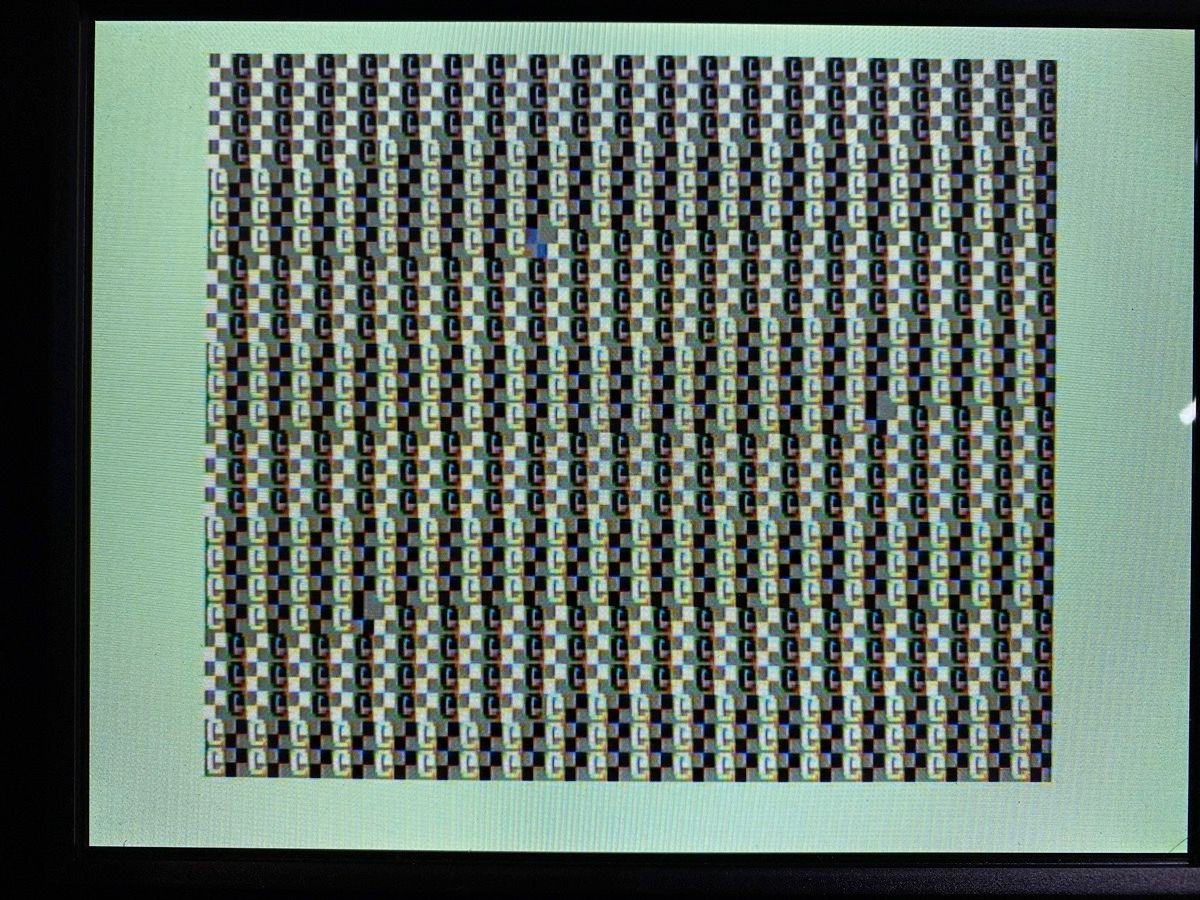
Well character rom seems to be working anyway
Finding the Prodigal Easter Egg inside the Easter Egg on a Commodore 64
If you REALLY want to get into the weeds on how I figured out the Easter Egg(s) inside the Easter Egg on a 35 Year old album on a 35 year old computer then you’re in luck! This video is for you!
I mention “the original author” in the video several times, but fail to say his name. It’s Tom Beaton (aka TCB1984)
Benchmarking Retro Computers (mostly Commodore) with marginal methods
Just the BASICs, please
Our friend in retro @NoelsRetroLab has a simple BASIC benchmarking tool that’s fun to use to compare different basic systems execution speed.
We’re counting jiffies, which is roughly (sometimes very roughly) 1/60th of a second.
We’re using three variations of this code on the Commodore BASIC computers. This will vary a little if you try it on something else. And PLEASE try this on whatever you have. It’s for “science”!!!
c0pperdragon verdict
Ahh, the quest for a better Vintage computer picture never ends. I’m having fun with it anyway.
Side thought: At what point does a computer cross over from old: no one wants that 2007 Windows tower you built in your basement, to OMG, it’s Vintage, let’s drive up the eBay bids to the stratosphere!!!!
How bad was it?
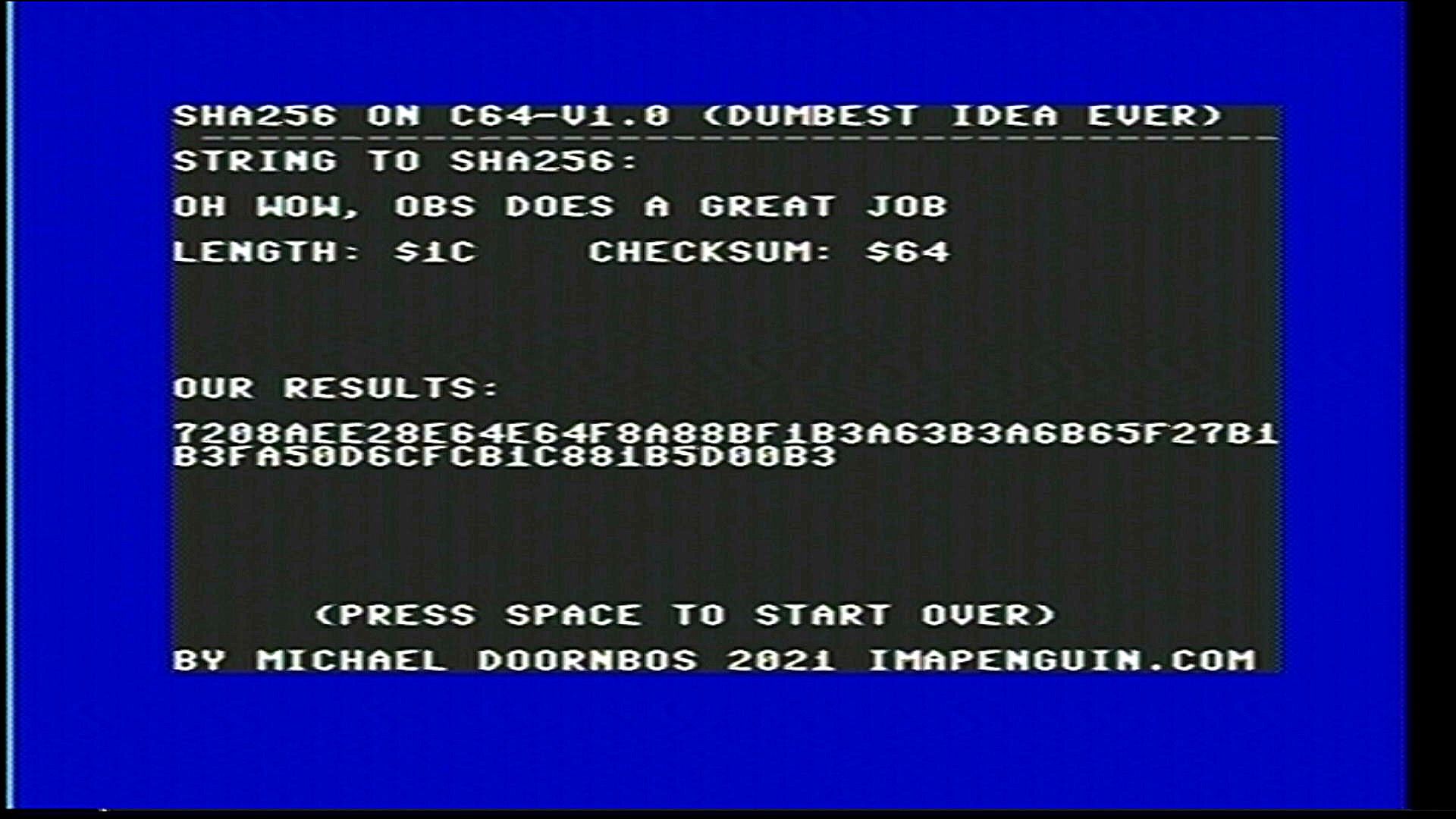
Original picture from my 64C PAL Machine. Muddy with jailbars, but I’ve gotten used to this over the years
Replacing an RF Modulator on a Commodore 64C
The output on my newest Commodore 64 (1989) is pretty marginal. The colors are okay(ish) but the text lines are clearly bleeding and the picture is very muddy. Most vintage computers don’t do red text on blue very well, but this one is particularly painful.
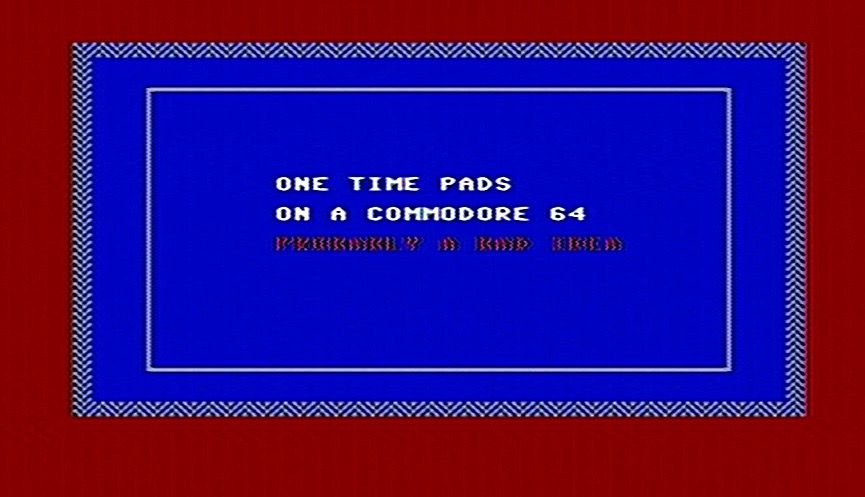
Red on dark blue is too much to ask almost any vintage computer